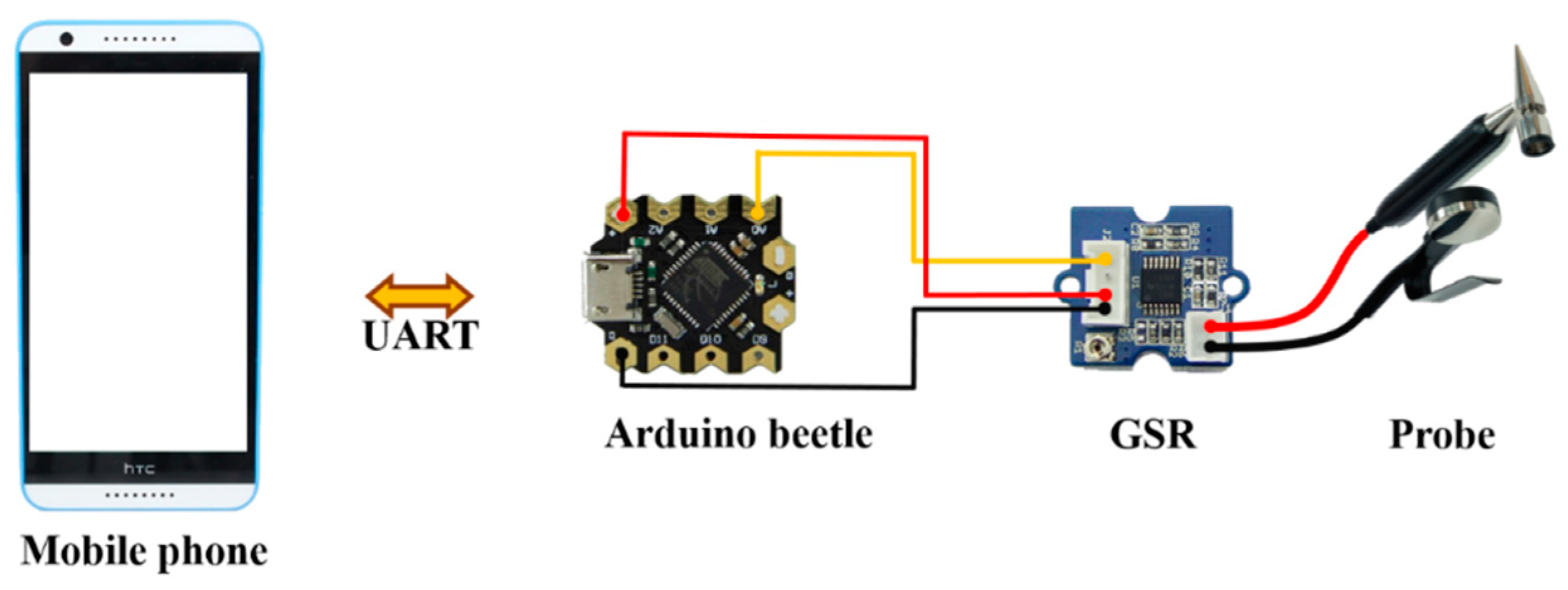

There is a relationship between sympathetic activity and emotional arousal, although one cannot identify which specific emotion is being elicited. When correctly calibrated, the device can measure these subtle differences. ĭue to the response of the skin and muscle tissue to external and internal stimuli, the conductance can vary by several microsiemens. Similarly, this voltage varies with the emotional state of the subject.

This is conducted by connecting the electrodes to a voltage amplifier. Galvanic skin potential(GSP) refers to the voltage measured between two electrodes without any externally applied current. The electrodes are normally placed about an inch apart, and the resistance recorded varies in accordance with the emotional state of the subject. Galvanic skin resistance(GSR) refers to the recorded electrical resistance between two electrodes when a very weak current is steadily passed between them. The combined changes between galvanic skin resistance and galvanic skin potential make up the galvanic skin response. The mapping of skin areas to internal organs is usually based on acupuncture point. One branch of GSR explanation interprets GSR as an image of activity in certain parts of the body. Fear, anger, startle response, orienting response and sexual feelings are all among the emotions which may produce similar GSR responses. The GSR is highly sensitive to emotions in some people. There is a relationship between sympathetic activity and emotional arousal, although one cannot identify the specific emotion being elicited. Most investigators accept the phenomenon without understanding exactly what it means. There has been a long history of electrodermal activity research, most of it dealing with spontaneous fluctuations. Galvanic skin response ( GSR), also known as electrodermal response ( EDR), psychogalvanic reflex ( PGR), or skin conductance response ( SCR), is a method of measuring the electrical resistance of the skin.


 0 kommentar(er)
0 kommentar(er)
